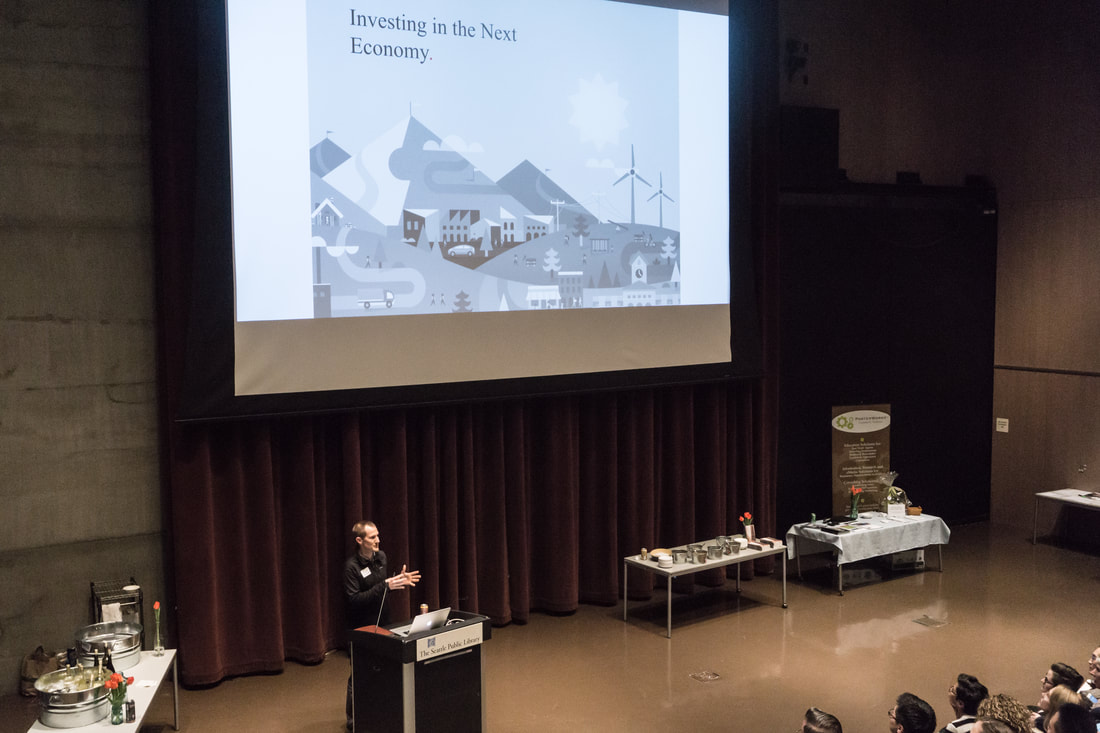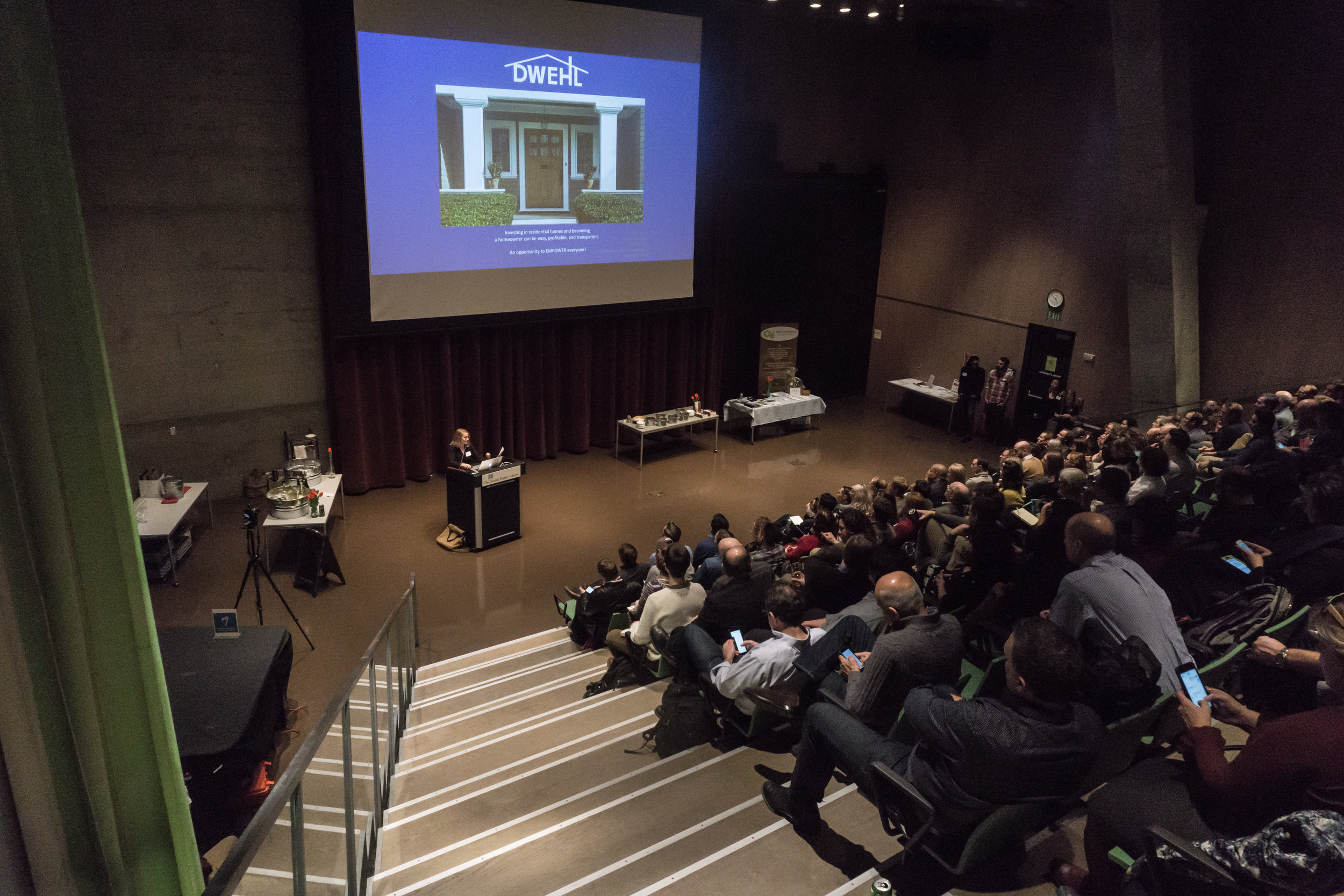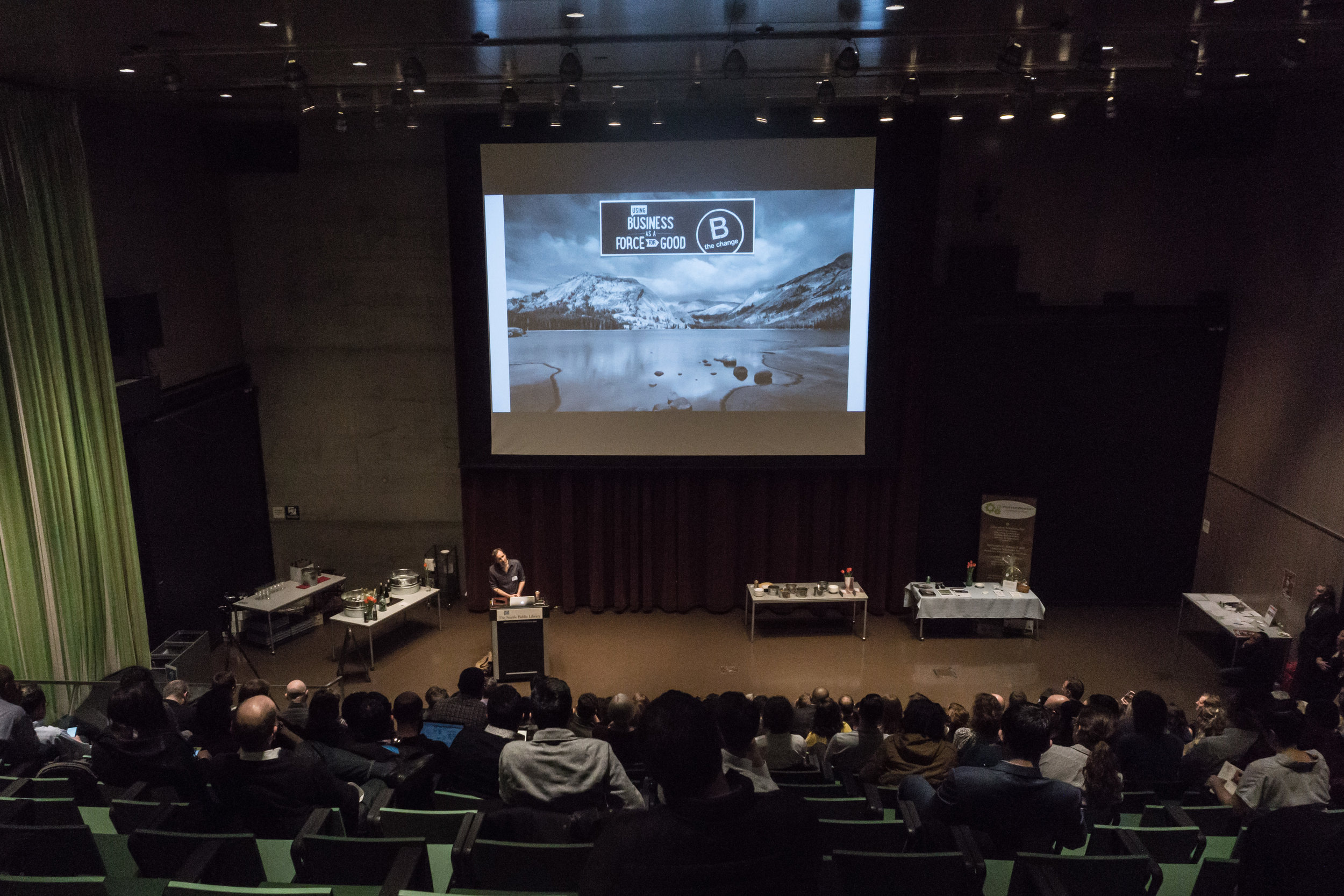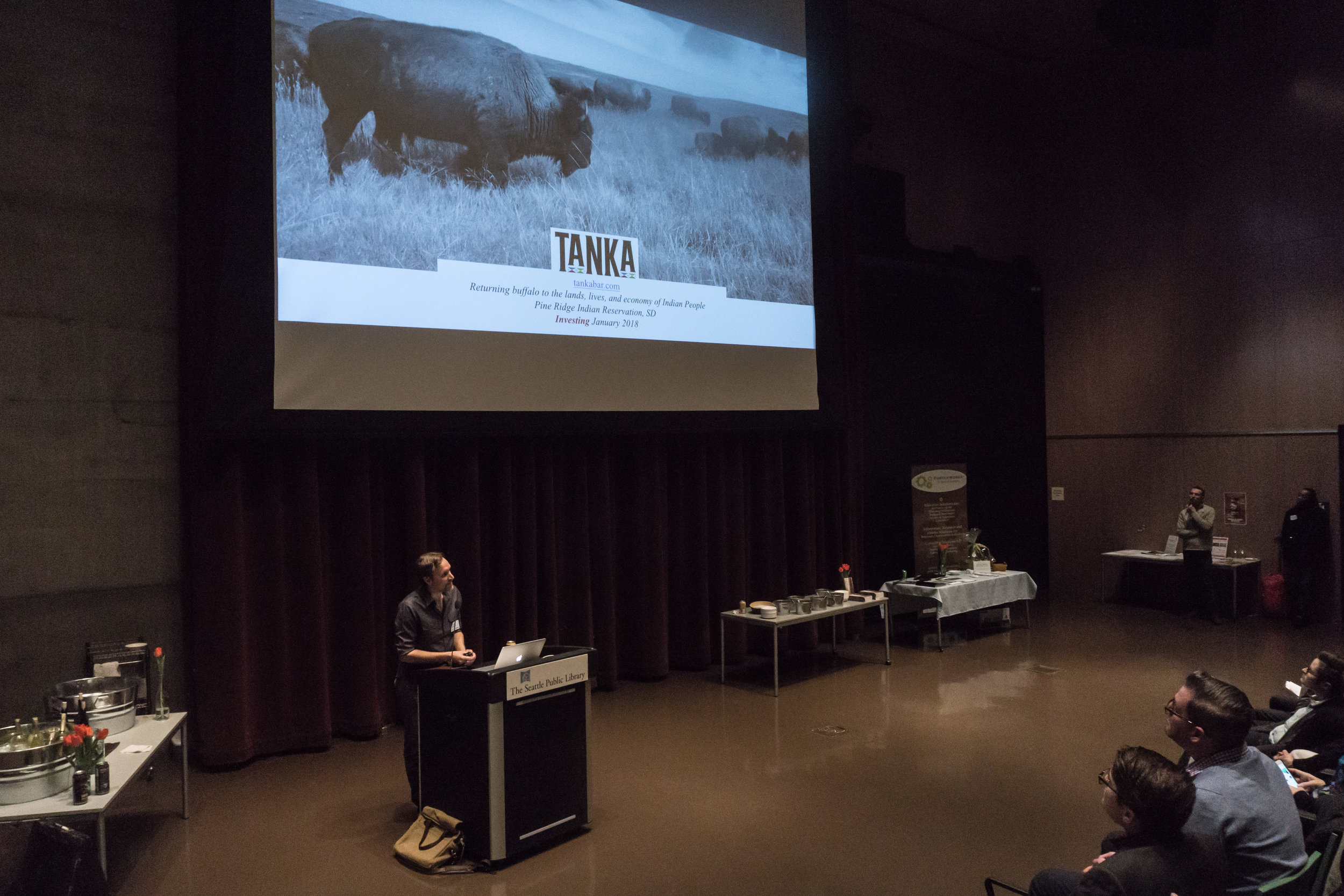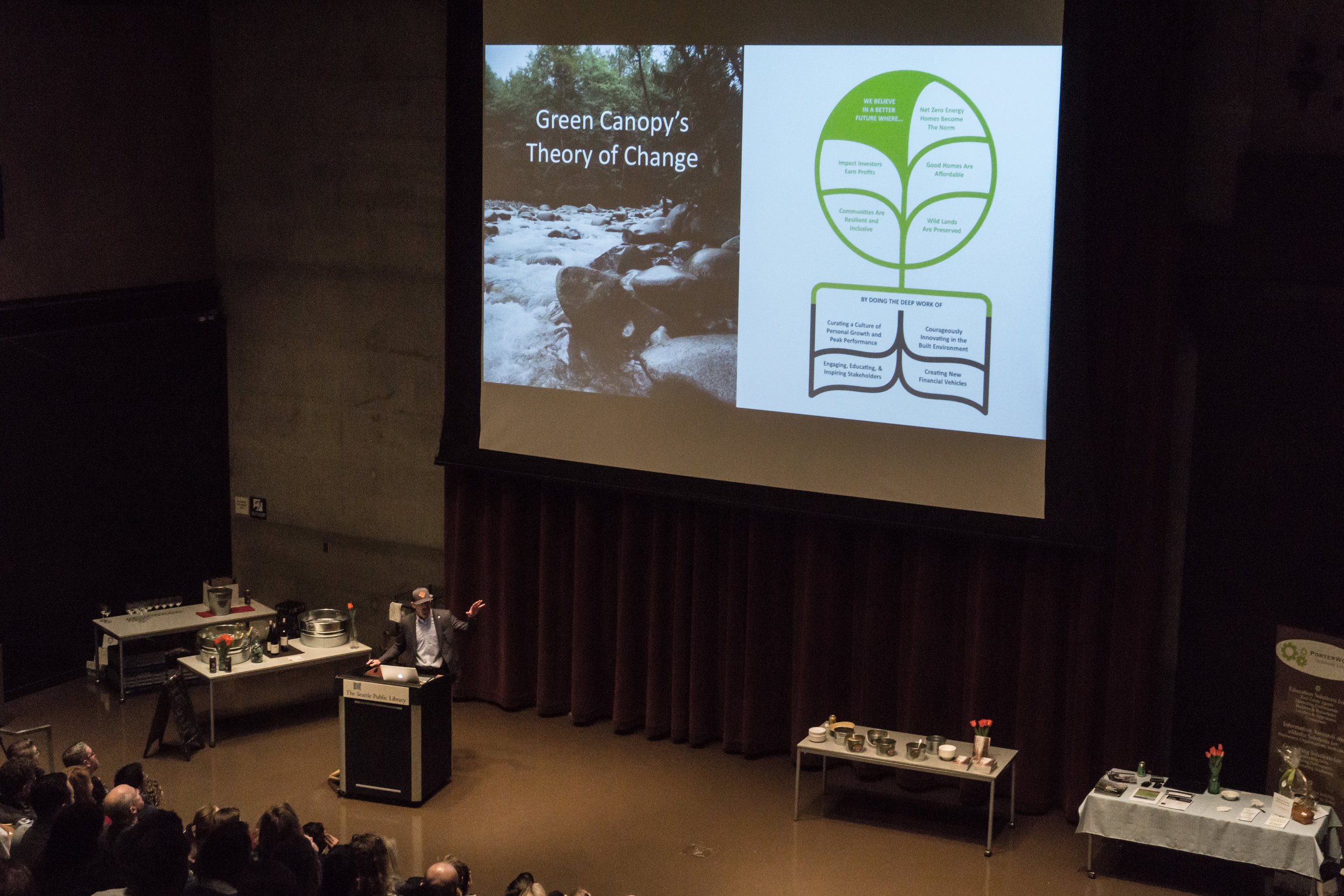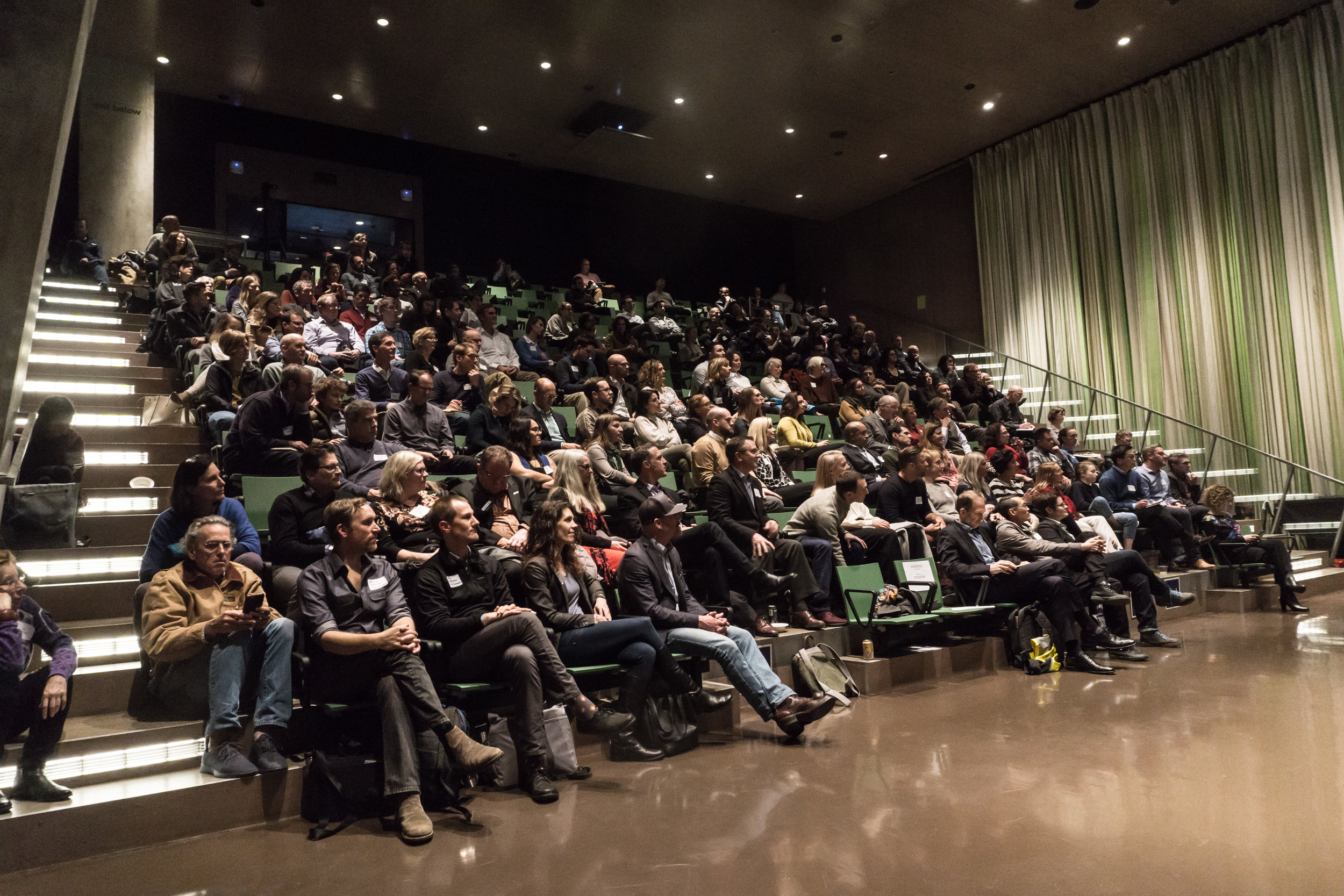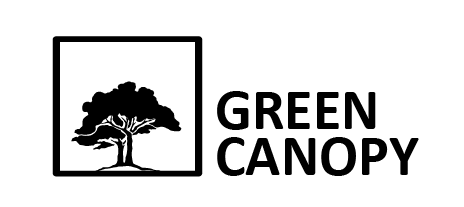It's time to clothe my dreams in reality, to create a home for wanderers who cannot bow before the traditions of a single dwelling and a fenced yard. Who look beyond marriage and blood to gather brothers and sisters bound by more than custom and umbilical cords. Generous minds and loving hearts, laughing eyes and simple tastes who know that serenity at sunrise and peace at sunset are worth more than the treasuries of kings and IRA security. It's time to clothe my dreams in reality, to gather together kindred spirits. Who look beyond what is and was to understand what can be, who know that love and compassion, joy and peace are our birthright stolen by a culture's madness and to band together the manipulations of frightened lives, wise minds, and bruised hearts, daring souls and brave spirits who know that love is worth the stars and friendship does not hide it's private anxieties behind sophistication and steel symbols. It's time to clothe my dreams in reality, to move beyond jealousy and possession, isolation and imprisonment. To confront boredom and loneliness, sadness and lovelessness, to make known my secret needs and reveal my hidden yearnings, to risk self exposure as the only path to final freedom, to surround myself with the energy flowing from the earth's core, the passion of rivers and resilience of trees, and thus to clothe my dreams in reality! —James Kavanaugh | It's Time
Green Canopy is feeling happy and empowered from Empower Happy Hour this month— thankful for all presenters, sponsors and stakeholders who came together with us to celebrate Sightline Institute: a local, independent think-tank, who envisions an economy and a way of life that is environmentally sound, economically vibrant and socially just. Here are some highlights from the presenting impact organizations:
Keynote | Ryan Honeyman | Lift Economy
Ryan gave a synopsis of his background including his start in psychology and criminal justice and a passion for "reforming the criminal justice system and prison reform." While reading some of his brother's Environmental Studies books, Ryan grew excited by the idea of using business as a force for positive change.
Lift Economy began by "wanting to help existing companies scale their impact." Ryan explains... "We started to realize that while it's great to do consulting work with companies, many companies are categorically excluded from access to capital— and especially women and people of color."
The Force for Good Fund created by Lift Economy, is a fund that is investing in women and people of color-owned enterprises. "How can we create an economy that works for the benefit of all life if we don't put more women and people of color in charge?"
Petra Franklin | Dwehl
"The Dwehl founders came together to solve a problem that has a massive impact upon America's future, home ownership... and in the process we realized this was a prosperous business opportunity, that was better for all stakeholders...
In America, there are more people renting today than anytime in the history of the US census. And, as it turns out, renting is not working in their favor. The average net worth of a renter is $5,000 whereas the average net worth of a homeowner is $225,000. In addition, renters can expect to spend 30–50% of their income on rent, whereas homeowners can expect to spend 15–25% of their income on their monthly payment. The GenX and Millennial generation have come of home-buying age. They have jobs and they pay rent. In fact, they pay $535 Billion dollars in rent annually and Pew Research says that 72% would prefer to buy a house than continue renting, but they do not qualify for traditional home financing...
We see this as an opportune time to reinvent residential home ownership and we want to ensure this solution is better for all the stakeholders. By verifying three years of rental history and using that number as the basis for a home ownership payment, we are able to offer ownership of highly desirable homes with no downpayment and 5% financing. Equity starts accruing immediately!
The mission of Dwehl is to grow the net worth of our customers but what we realized was Dwehl also presented us with an extraordinary opportunity to upgrade America’s housing stock to net zero efficiency!”
Kevin Bayuk | Force for Good Fund
"Lift Economy has been working with 100s of different social enterprises, mostly small-scale enterprises, trying to reinvent the economy— organizations that are trying to provide needed goods and services, but do it in a way that are non-compromising in terms of their potential social and environmental impact. These types of enterprises are chronically underfunded, under-resourced."
Kevin went on to explain how Lift Economy saw a gap that needed to be filled, and thus created the Force for Good Fund as a way to fund B Corps who are seeking to model a more diverse and inclusive ecomomy.
"It's not traditional to be able to invest in the type of enterprises that we're prioritizing, wth the type of fund that we have."
Bec Chapin | NODE
"We're building radically-sustainable homes and we're delivering them through an effortless customer service process. And we're doing it because of climate change."
"75% of the buildings that we're going to be using in 2050 don't exist today. So right now, we're building the stock of that... and we have the chance to shape the future."
"We think this is the answer... It's buildings that give back more to the environment than they take. Buildings that become ecosystem services, not just extractions. They're regenerative."
"A company that benefits everyone is the only company we can see ourselves being a part of."
Aaron Fairchild | Green Canopy & Cedar Fund
"Imagine with me, if you will, a future where all of the energy needs in all of our homes, come from the sun... where net zero energy homes are the norm. Imagine a future where issues of sustainability and poverty are inextricably linked."
"We have this impression that deep green, net zero energy homes are available only to the upper middle class and to those that can afford them. And these same homes (that are actually more affordable to own and operate through the energy savings) are not available to those that have the greatest need in our society...
Imagine a world where these good homes are affordable. Imagine a future with me where our wild lands are not fragmented by development... but rather our cities, through thoughtful design and density are the key to preserving our wild lands for all of life to thrive...
A future where we're not building regulatory walls that separate us— zoning and regulatory land use walls that create neighborhoods that are exclusive to only those that can afford to move in and have access to those amenities...
A future of love and empathy for one another because we can see ourselves in the other. Because we live together. We're co-mingled and intermingled in diversity and by the way, we need that diversity of thought, history, perspective to be applied to finding solutions for that future that we envision... a future where our communities are resilient and vibrant because they're inclusive.
Imagine with me.. if you will.. where the hard-earned income that you generate through your labor, that you invest in your children and their future, does not work at crosspurposes to that future that you envision. Imagine a future in which your hard-earned capital could accelerate and activate the future we envision and earn profits...
The Cedar Fund was designed to address these four issues: resource scarcity and global warming, the housing crisis of access and affordability, urban sprawl, and quality impact investment opportunities not reliant on direct government subsidies."
Bettina von Hagen | EFM
"Everything we need to do to combat climate change... is right in front of us...
It's not just about the climate. It's about social equity, it's about distribution of wealth, it's about how we relate to each other...
The good news is that climate change could be the stimulus, not just for addressing the climate, but for addressing the fundamental ills of society that we know and that we recognize...
Strategies that we employ in forests, changing the way that we manage them, can double the carbon storers while at the same time yielding this broad range of benefits...
We have the most amazing solar factory in the world, right here in our forests. The needles and leaves are solar receptors. The trunks and the branches are the batteries. These batteries last forever... for hundreds of years."
Alan Durning | Sightline Institute
Alan, the executive director at Sightline, touched on how the housing crisis today is a housing crisis of "cruel musical chairs... The only way to stop the rise of prices and of rents, displacing those with the fewest resources, is to provide enough chairs. We need more houses of all shapes and sizes...
The question is not, 'can we end cruel musical chairs?' The question is can we do it without sprawling... well, you can." Alan goes on to show how Tokyo, the biggest city in the world and more than 10 times the size of Seattle, has accomplished this by building more dwellings in the city. Vienna was another example cited by Alan.
"In every city where housing is affordable, the lesson is exactly the same for us in Seattle— you have to build enough housing for everyone who wants to be here."
All photos by Reagan Ashley and videos by Kyle Porter of Porterworks



